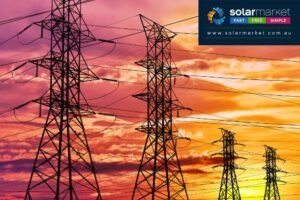Last updated Feb 2025
Generally speaking, almost all roofs are suitable for installing solar panels. That being said there are roof types that are better for optimising sun exposure, as well as being easier and cheaper to install solar panels on. When discussing “Types” of roofs you can identify your roof type under a few different categories including; roof style, roof make, roof pitch and orientation.
Roof Styles
The most common roof styles you’ll find in Australia are a hip roof, skillion roof and a flat roof. All three are suitable to place solar panels on, each with their own pros and cons.
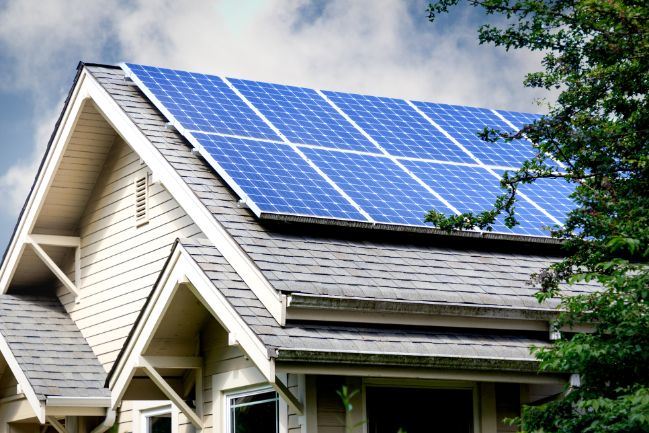
Hip Roof
A hip roof is structured so that it has a high point in the middle of the roof and all sides slope downwards to the walls, forming a triangle shape. The hip roof is the most common of the 3 roof styles.
The advantage of a hip roof when installing solar is that you have two options for the direction of your solar panels or can place solar panels on both sides to optimise sun exposure. The con here is that depending on what time of the day it is one side will be shaded.
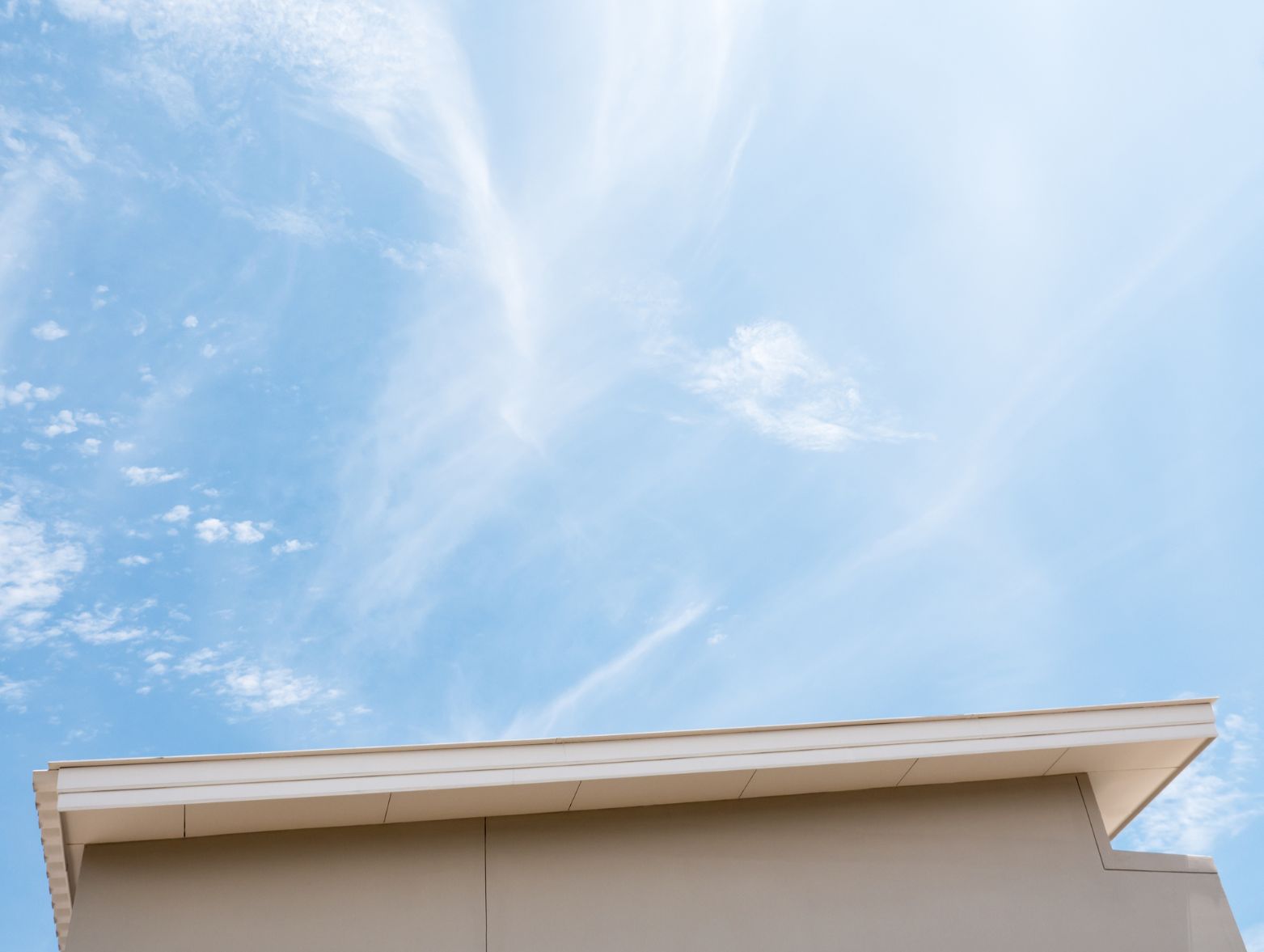
Skillion Roof
A skillion roof slopes from one side to the other, basically like a tilted flat roof. This can provide maximum sun exposure to your solar panels at certain times of the day but can also result in complete shading at other times. What time of the day will be dependent of whether your solar panels are facing North, East, South or West.
Once you know the time of day your solar panels get the most amount of sun you can alter your energy usage habits around this. For example, in Australia;
- EAST facing panels generate more energy in the morning and less in the afternoon
- WEST facing panels generate less energy in the morning but more in the afternoon
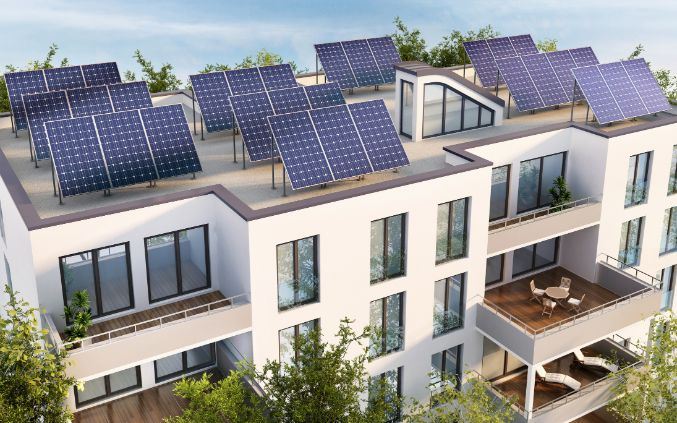
Flat Roof
A flat roof has no slopes or angles. Having your solar panels placed at no angle or direction on a flat roof is not ideal. However, a flat roof gives you the opportunity to have tilt frames installed at the best angle and direction for your solar panels to get the maximum exposure to the sun.
If you have a flat roof, ensure your solar installer adds tilt frames to your quote. Going without tilt frames on a flat roof not only means loss of sun exposure to your panels but means dirt and grind will build up much quicker which will result in a drop in your solar panels efficiency. It also means you will need to clean your panels more frequently, as you won’t have the advantage of dirt being cleaned off and rolling down the panels when it rains.
Roof Make
What your roof is made of can highly affect the installation process of your solar panels. Certain materials require additional labour and equipment from an installer, and this is will be added to the cost of installing the system. This is why many solar installers require home visits to assess the roof prior to providing an accurate quote.
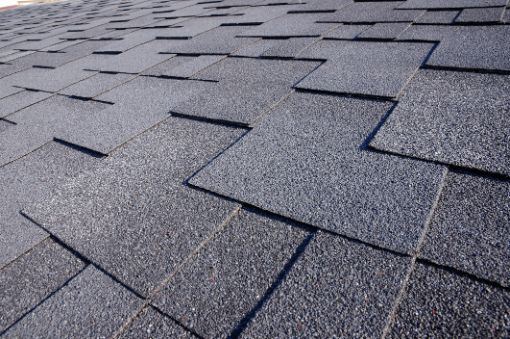
Asphalt shingle or Composite
Asphalt shingle also known as composite roofs are very common and are easy to install solar panels on to. Typically, a solar installer will drill straight into the roof and attach the mounts for the solar panels to be placed on.
Tiles (slate, clay and concrete)
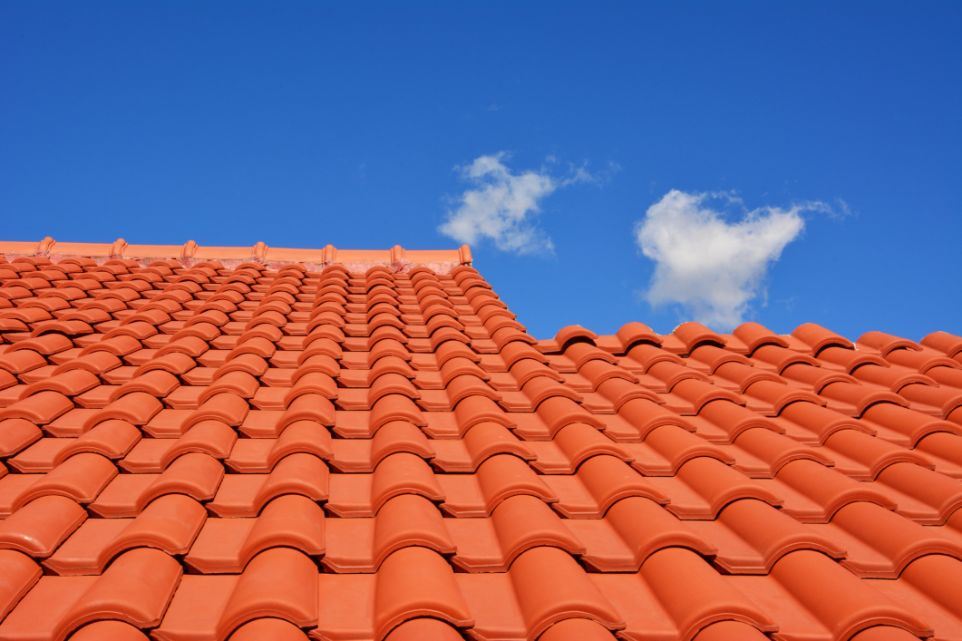
Installing solar panels on to a tile roof will usually require the solar installer to remove and replace some tiles. The reason for this is that to mount the racking frame directly on the roof so it is secure, the installer will need to lift the tiles in these areas. As slate, clay and concrete tiles can be fragile this usually means they will need to replace the tiles that have been lifted.
Wood
A wooden roof is not ideal to install solar panels on, but it still does happen. An installer will need to drill into the wood to attach the racking frame however as wood can be fragile and crumble the installer will need to take extra precautions. Wooden roofs can also be a fire hazard for solar panels so is not recommended.
Metal
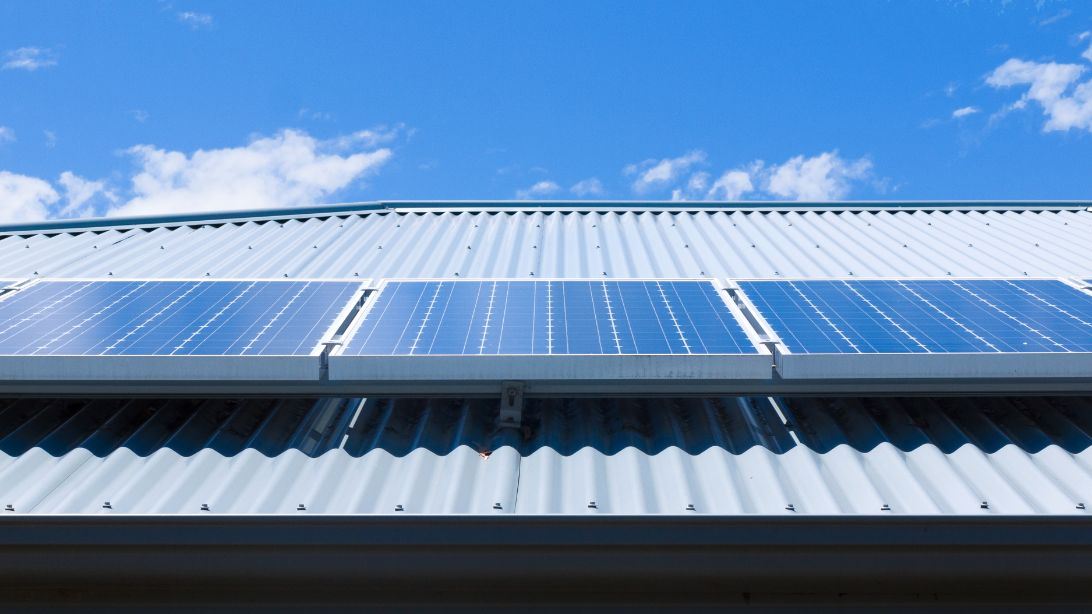
Metal roofs or standing-seam roofs are by far the easiest for solar panels to be installed on. No drilling into the roof is required as the solar panel frames can be attached to the seams of the metal roof. Less equipment and labour means a lower cost in the overall installation.
Roof Pitch

Your roof pitch is the angle of your roof and if you’re not adding tilt frames, the angle that your solar panels will be installed. The roof pitch that is ideal for you to install solar panels on is dependent of the latitude of your property’s location. This is because having panels at the same latitude of your location maximises the suns movements throughout different seasons in the year.
If your pitch is different to your location’s latitude, don’t worry; for every 5 degrees difference from this, you’ll only lose 1% production.
Roof Orientation
Your roof orientation will determine what way your panels will face. In Australia NORTH Facing Panels receive the most sun throughout the day. If North facing panels aren’t an option for you, you can choose other panel directions based on your high energy consumption times.
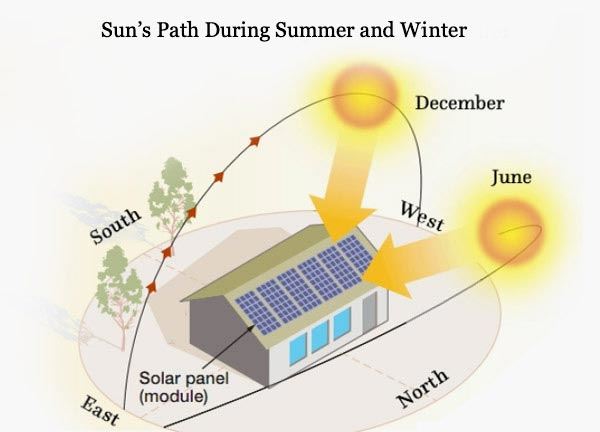
- EAST Facing Panels; Generates more energy in the morning and less in the afternoon (12% less energy than North facing).
- WEST Facing Panels; Generates less energy in the morning but more in the afternoon (12% less energy than North facing).
- SOUTH Facing Panels; Avoid where possible as it can generate up to 28% less energy than North. However, with the huge drop in panel prices, some South facing panels may still be viable.
Some roofs allow for a combination of different directions, which can be beneficial to maximise on the sun’s movements throughout the day.



